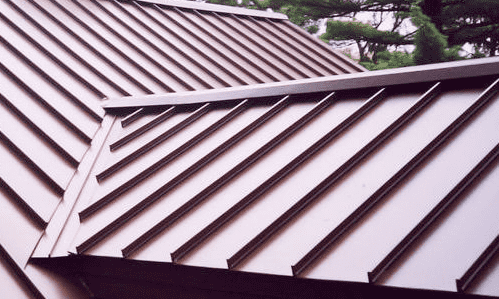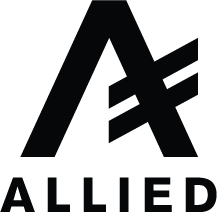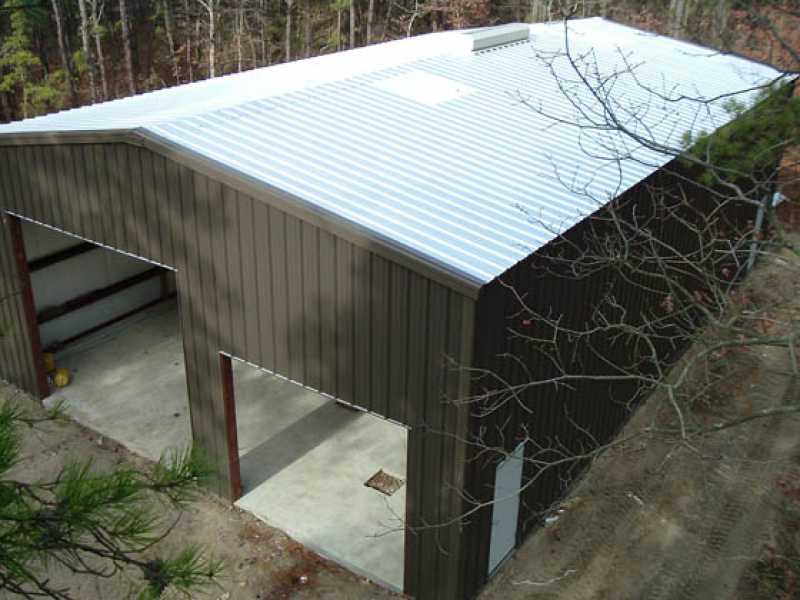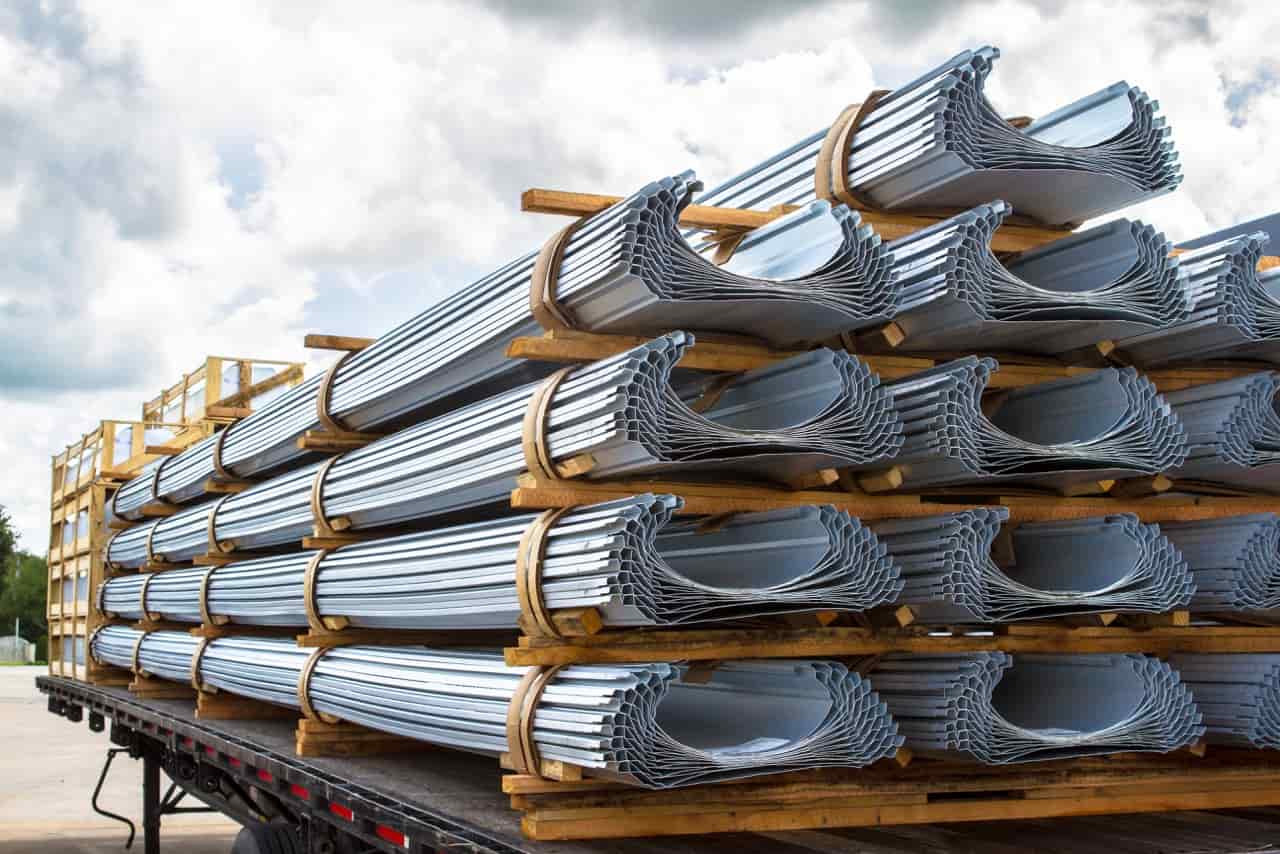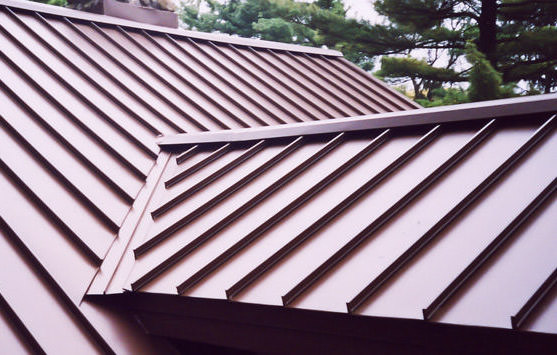When designing a steel building, there are many factors to consider. One of those factors is your roof panel selection. Each panel has its advantages, we have shared a list of advantages per panel type below to help you make an informed decision:
Advantages of a Screw Down Panel
- A screw down panel, or standard metal roof panel is just what it’s called; it’s screwed down. The panels are fastened down using screws and washers screwed through the face of the metal.
- Screwing the panels down doesn’t allow the panels to expand and contract. As time passes, the pressure caused by expansion and contraction will cause holes to get wallowed out by the screws.
- It is suggested replacing the screws at least every ten years to the next diameter size up. Due to the maintenance required on a screw down panel roof system, it is sometimes not recommended that this type of roof system be installed over spaces that will be heated such as a residence or an office building.
- It’s perfect for buildings such and barns, sheds, patio covers, etc.
Advantages of a Standing Seam Panel
- Hidden fasteners
- Fasteners outside the building envelope
- Provides superior wind and weather protection under all roof loading conditions
- The seam geometry and seaming methods virtually assure that your installed roof will perform as it was designed at minimum cost
- The seamer can be ran any time after the roof panels have been laid – but it MUST be hand crimped during the installation process
- Have had extensive design performance tests performed
- Ease of erectibility, dependable performance and cost efficiency make this system superior
- Non-Handed (ALWAYS check the drawings)
- The raised seam panel is designed to float to accommodate thermal movement
- The panel’s side lap has factory applied mastic and can be completely erected without the use of electric seaming machines
- Flexible seaming options
- The solid seam profile is intentionally stout to provide flexibility in the field as well as a positive lock by the electric seamer
- Is designed to work with a variety of insulation systems
- Panel splices (end laps) have been designed to occur upslope of the purlin or joist so that normal tolerances found in construction will not hinder installation of the system
- Mastic is in complete continuous compression at all end lap locations with the use of the heavy stainless steel cinch strap used at the end laps to eliminate panel buckling and costly roof leaks
- The use of the cinch strap also greatly reduces the number of fasteners required at end laps
- Factory punched and notched panels aid the installer in providing a weather tight fit
- The pre-punched holes reduce debris (such as screws shavings) on the roof and promote erector efficiency
Standing Seam vs. Screw Down Panel
- Both systems have their place in the industry and both have their advantages and disadvantages.
- The standing seam roof system is likely to cost twice as much if not more than the cost of a screw down panel roof. But the long-term maintenance cost of the screw down panel should offset that up-front cost of the standing seam, which once installed, you can forget it.
- Screw-down roofing is also known as “exposed fastener” or “through-fastened”. The fasteners have EPDM washers that are the only thing standing between your roof and leaks.
- Screw-down roofing is quick to apply and certainly cheaper. However, it leaves you open to increased maintenance.
- Since the screws are exposed, they are more likely to succumb to weather or other factors.
- These fasteners tend to back out over time as the metal expands and contracts with changing temperatures.
Make sure to select the roof that applies best to your application, and follow the proper maintenance requirements.
